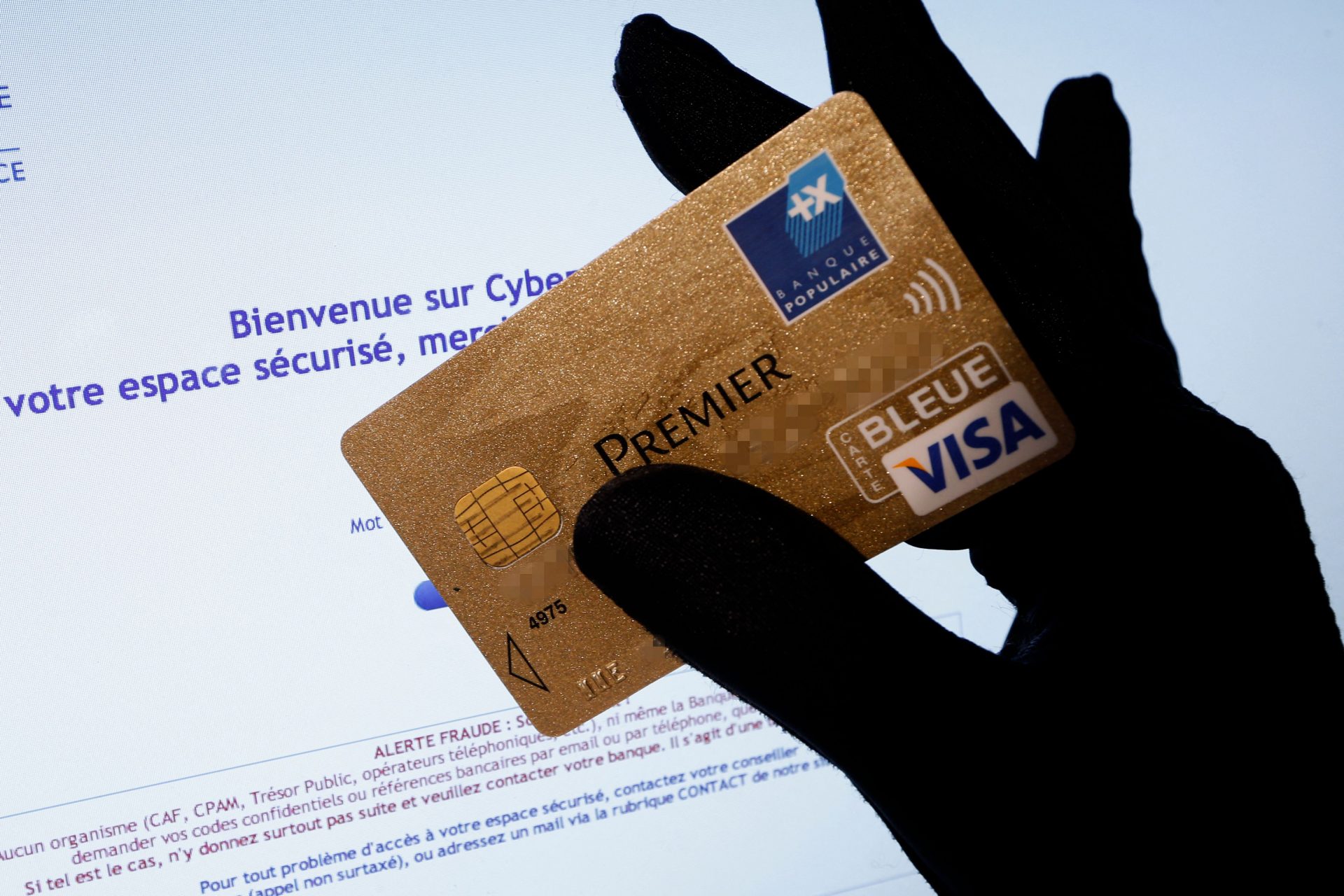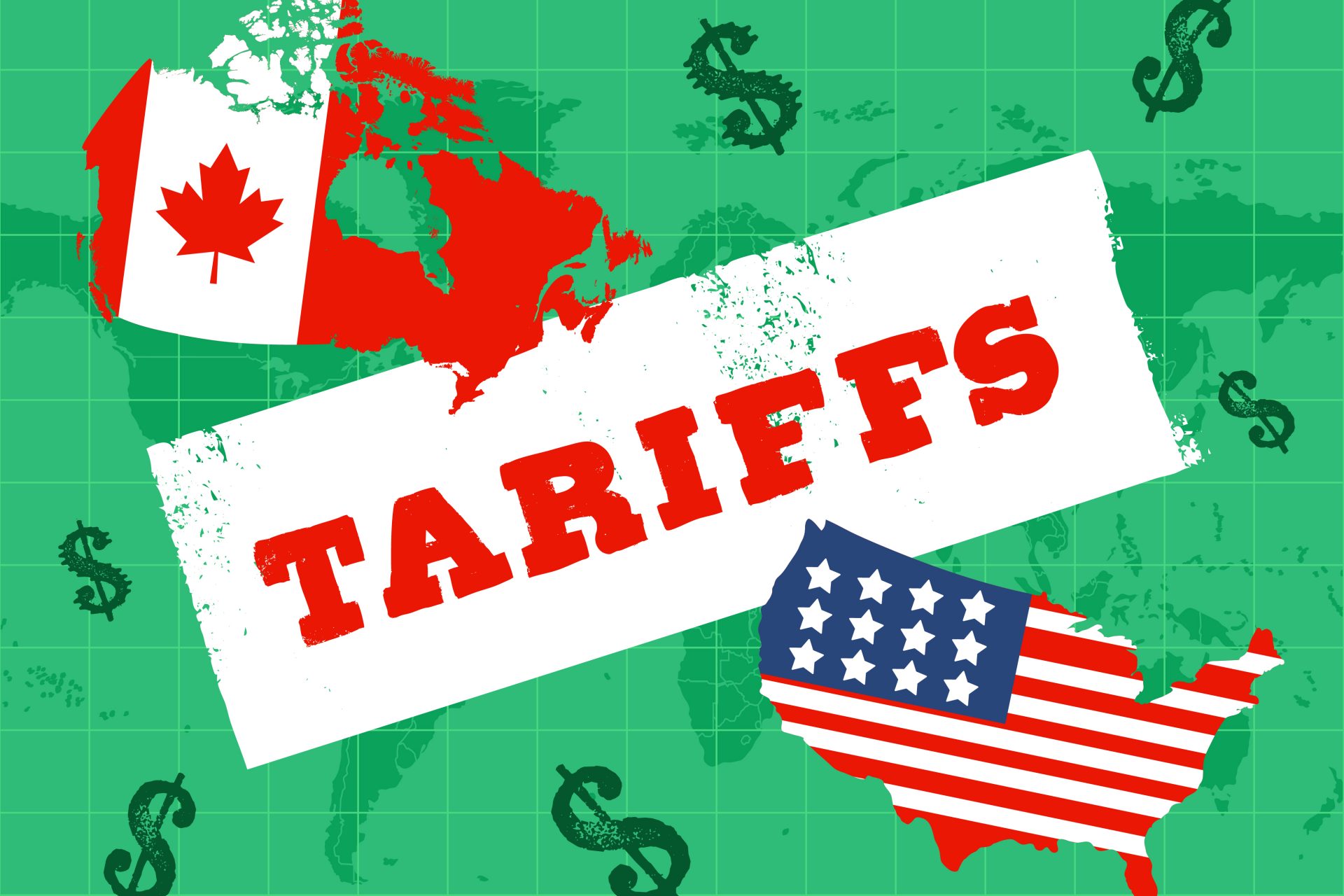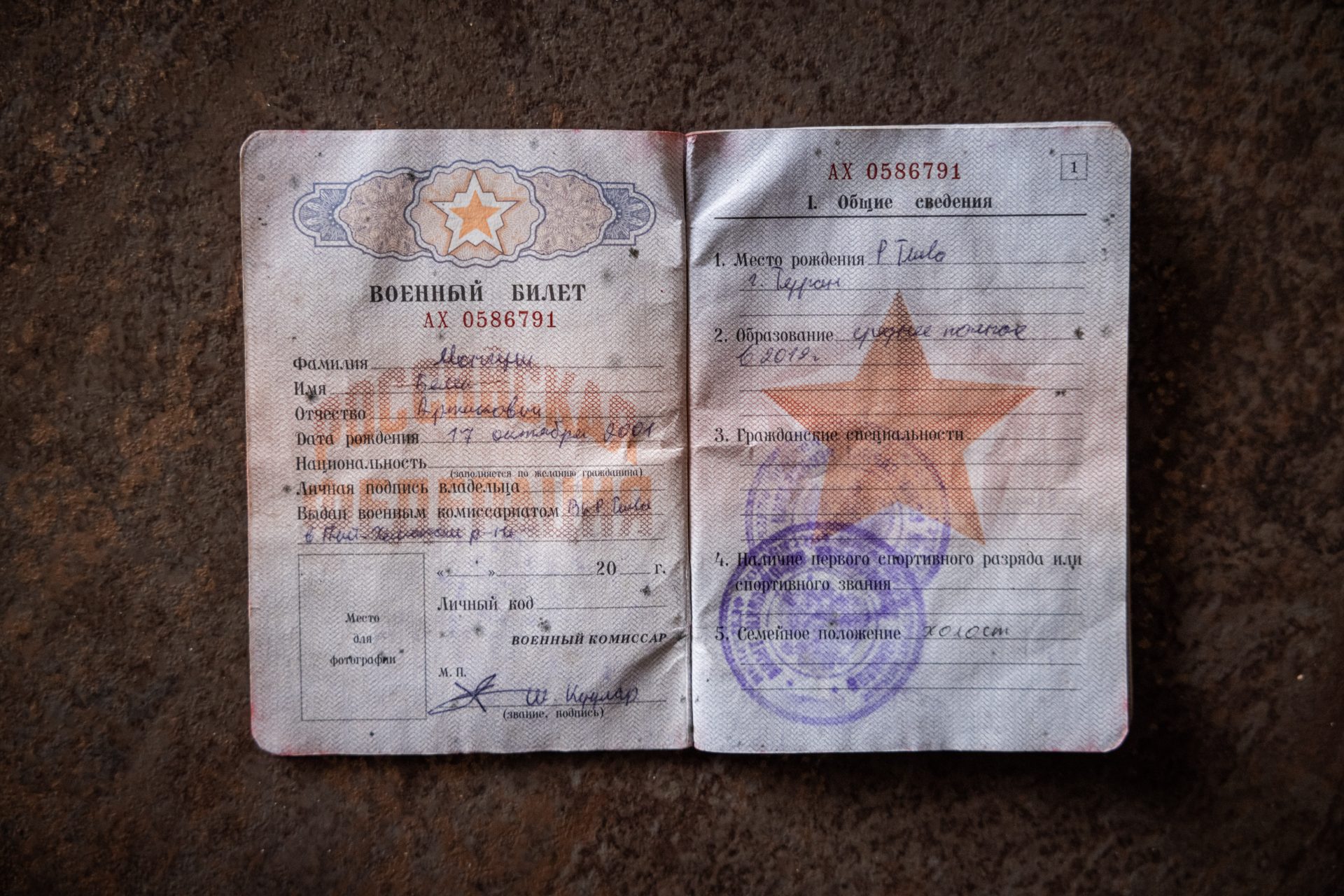Scammers took $1 trillion worldwide in 2024 and Americans lost the largest amount
According to a report by the non-profit organization Global Anti-Scam Alliance (GASA), $1.03 trillion was lost to scammers worldwide in 2024, a concerning amount.
The GASA report interviewed over 55,000 people worldwide about their encounters with scammers and gathered information about monetary losses and other impacts.
The report warned about the increasing complexity of scammers' schemes and the rise in scam attempts through apps like WhatsApp, Telegram, and Gmail.
According to the report, over half of the respondents encountered a scam attempt at least once a week. In countries like Brazil or South Korea, it could be daily.
GASA also highlighted the growing threat of AI fraud. According to its report, around a third of the people who answered could not tell whether their scammers used AI.
Americans were the hardest-hit individuals worldwide, losing an average of over $3,000 to scammers. They were closely followed by Danes and Swedes.
While citizens of developed nations, like the US, Denmark, and Switzerland, lose more money individually, developing countries have a broader problem.
According to GASA, the collective losses of developing nations due to fraud and scams are much more profound than those in developed countries.
The report said Pakistan lost 4.2% of its GDP to scammers in 2024. Kenya and South Africa lost 3.6% and 3.4% of their GDP, respectively, affecting the population more widely.
Citizens in undeveloped nations are also less likely to recover their money after a scam than those in developed countries. Still, the report said money recovery is still alarmingly low.
According to the document, despite the US and UK having the most significant recovery rates, only around 4% of victims worldwide could get their money back after a scam.
Photo: Cardmapr / Unsplash
Scam victims lost more than money, the report said. Fraud schemes also affect the victims' sense of security and emotional state, especially in developing nations.
However, the report also highlighted a silver lining: the number of scams and the losses held steady since last year. Monthly scams did not grow.
The report also highlighted that consumers are becoming better at catching scams and fraud. In 2024, 67% of the respondents felt confident about spotting fraud attempts.
Photo: Lindsey Lamont / Unsplash
There are also many tools that consumers can use to improve their ability to spot a scam. Agencies like the FBI share tips on their websites and provide avenues to report scammers.
The FBI also has a brief of the most common scams in the US. The list features phishing, cryptocurrency investment fraud, charity and disaster fraud, cryptocurrency job scams, and similar schemes.
More for you
Top Stories





























